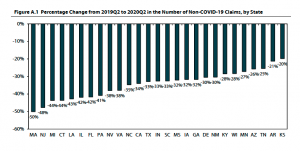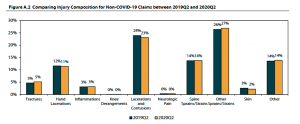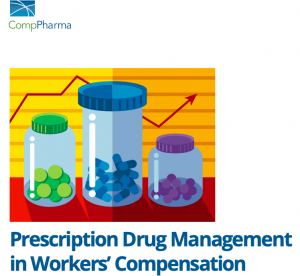Okay, a LOT of interest among work comp service providers in rating/reviewing workers’ comp payers…so let’s find out what service providers want to know/share.
I’ve got a few thoughts about key considerations…perhaps assessing payers based on:
- does the buyer really know what they want?
- rating payers on how they work with service providers on a continuum from pure vendor (commodity provider) to true partner (collaborator).
- rating payers on the fairness of the process (with sub categories)
- rating payers on the depth of their understanding of what they need to accomplish their goals
- rating payers on the usefulness of their RFPs – are they asking the right questions, looking for creativity, and not just doing the basics so they can say they “went to market?”
- decision making
- involvement of procurement/purchasing (which can be helpful, but most often is not)
- clarity of criteria and ranking priorities, and consistency throughout the process (start in one place and evolve to something(s) else). (again not necessarily a bad thing if they move towards smarter decision criteria)
- do they stick to the schedule, and if not, are they clear on changes and do the changes make sense?
- their interest in learning how you are different from your competitors
- what they say about price vs how important price is in the actual decision process
- are they frequently market-checkers or are they serious about their interest in getting better?
- does Payer X keep your response confidential?
- if you don’t win the business, does Payer X provide you with information as to why and what you could have done better?

- do they actually know what they want/need?
- do they respond to questions in a helpful way?
- will the requested “solution” actually solve the problem they are trying to fix?
- are they transparent about the process?
- are the SLAs (service level agreements) reasonable, onerous, sensible (feel free to add other adjectives)?
Other thoughts
- are there RFPs you won’t respond to because you don’t trust the payers?
- what are the five things any RFP should contain?
- what are the five things RFPs should NOT contain?
Any ideas are welcome and confidential – just drop me a note in the comment section – it will NOT be published but used to build the questionnaire.
Oh, and realize this can’t take an hour – so prioritize what you think is most important.
And thanks.











